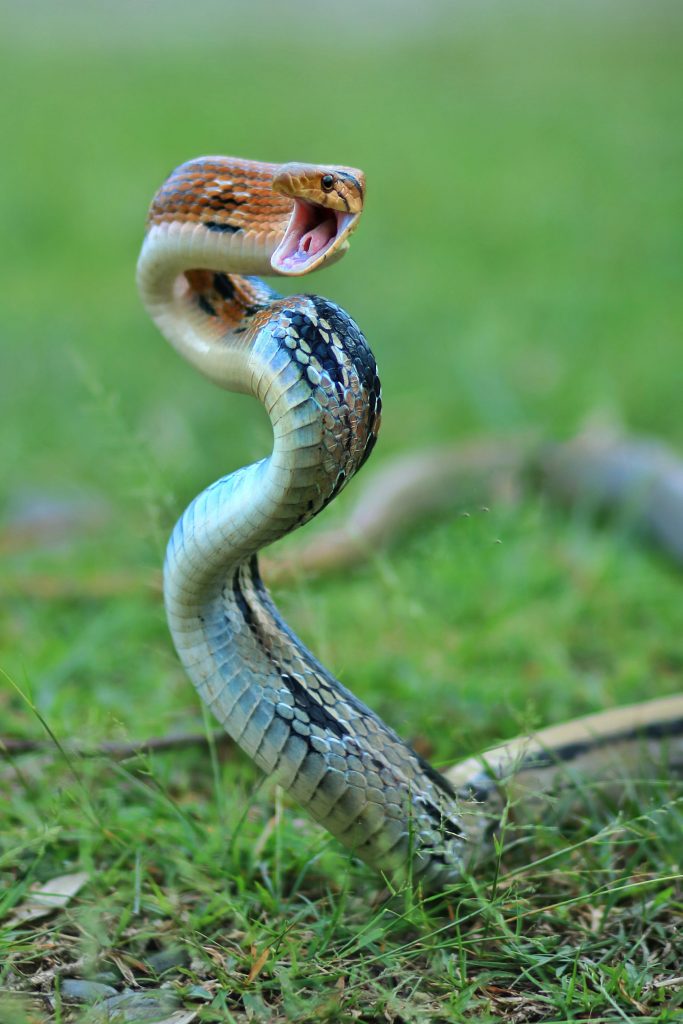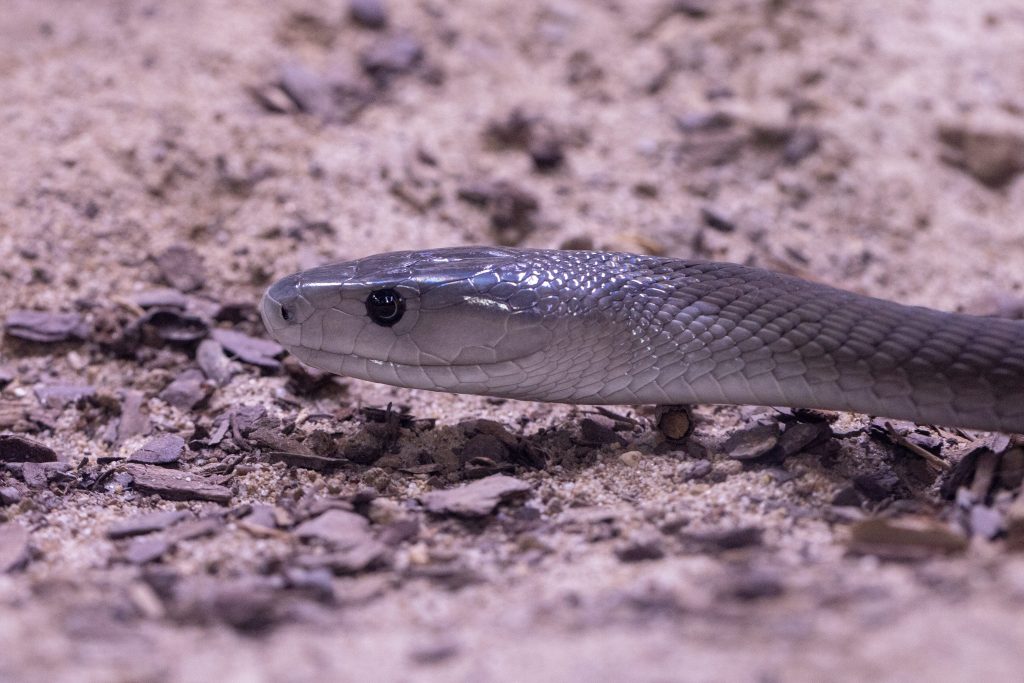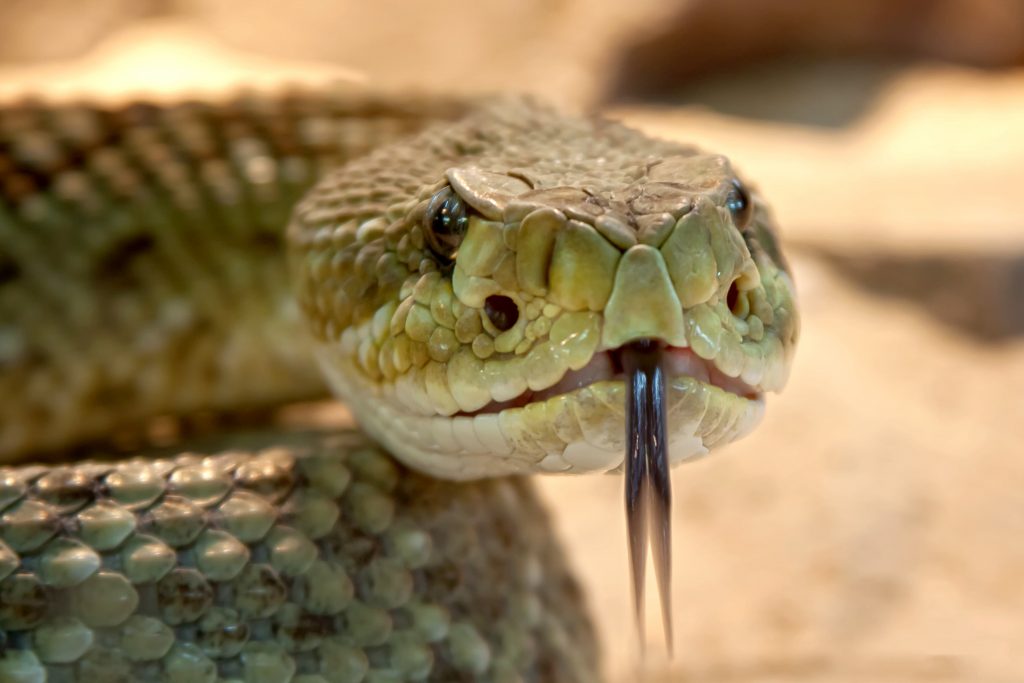What are snakes?
Snakes are vertebrates belonging to class Reptilia, Order Squamata, and Suborder Serpentes. Snakes are animals with outstanding beauty as well symbols of horror and terror. This creation has a lot of things to discover. My present work is aimed to introduce snakes to you and important information that I have.

No of species:
More than 4000 species of snakes are present on our home planet (Earth). But this number increases continuously as some new species are also discovered by herpetologists every year. The Ilha da Queimada Grande in Brazil is called snake land (as it contains a population of snakes in thousands).
Distribution:
Snakes are present all over the world except in certain areas i.e., Antarctica, Greenland, Iceland, Ireland, and New Zeeland.
Largest snake:
The largest snakes belong to family pythons and boas. These snakes reach up to 6 meters in length.
Types of snakes:
Snakes are divided into about 25 families which contain, coral snakes, vipers, boas, cobras, mambas, kraits, sea snakes, pythons, and rattlesnakes are amongst the most renowned snakes.
Body of snakes:
The body of snakes is elongated and without legs. Generally, a slender body, prominent head and narrow tail. The colors of the snakes are very much associated to their habitats, and sometimes very alarming to their prey and competitors. These colors of snakes also helped in camouflage and threatening.
Feeding:
Snakes are solely carnivorous feeds on invertebrates, insects, lizards, small birds, bats, rodents, and eggs of the other vertebrates. Snakes have no ability to digest dairy products (like milk).
Reproduction in snakes:
Reproduction in snakes is the most interesting thing. These are the most romantic animals because they have complex courtships before internal fertilization. They lay eggs or give birth to snakelets. Their clutch size varies from 10 to 30 eggs.
World’s dangerous snakes:
The deadliest species of snakes are taipans, cobra, kraits, vipers, tiger snakes, boomslang, fer-de-lance, and mamba.
Types of snake’s venoms:
Chemically venoms are chiefly proteins in nature and mixtures of enzymes, polypeptides, amines, lipids, nucleosides, and maybe some carbohydrates. Even some metal ions like sodium, potassium, calcium, magnesium, zinc, may also be present. There are three different types of toxins snake venoms have.
- Cytotoxins
- Hemotoxins
- Neurotoxins
Types of Interesting facts of snakes:
- Flying snakes:
There are five species of flying snakes. These are the arboreal (tree-dwellers) species solely live on the large canopy tree in India, Sri Lanka, and Indonesia. They jump from tree to tree by using muscles. They don’t have any kind of wings. Their length is about 2 to 4 feet. Their flight is just a kind of gliding or jumping rather than flight like birds or bats.
- Snake worshiping:
Serpent worship has been proved in ancient cultures, mythologies, and religions. They are worshiped in India and Africa and they are regarded as a symbol of strength.
- Listening sense:
Snake lakes an eardrum and misleadingly interpreted to listen to the voice of been or pungi (an instrument).
- Sense of vibrations:
Snakes have an inner ear that can sense vibrations of the ground and easily understand the size of prey and predator.
- Chemo-sensations:
Snakes have well-developed chemosensory organs called Jacobson’s organs (also called vomeronasal organs). This organ is used to sense airborne chemicals.
- Pit Organs:
Pythons, boas, vipers have pit organs that sense the warmth of their warm-blooded prey or predator by detecting infra-red radiations released by them.
Importance of snakes:
- They have special role in the maintenance of ecosystem as prey and predator.
- They are used to control agriculture pests and this kind of biological control have superiority over chemical control because this has no environmental hazards. Especially snakes are used to check the rat populations.
- Some peoples have snakes as a pet animal.
- Skin leather of snakes is used to make ornamental articles.
- Molted skin was used in the past to curb skin disorders like sores, abscesses, itching etc.
Harms of the snakes:
- About 6 million snakebites occurs each year and these results in 100,000 to 150,000 deaths, and double numbers of amputations and other problems.
- Snakes are also harmful for the livestock. Although large animals are mostly survive snakebites but sometime snake bites are very lethal for them.


